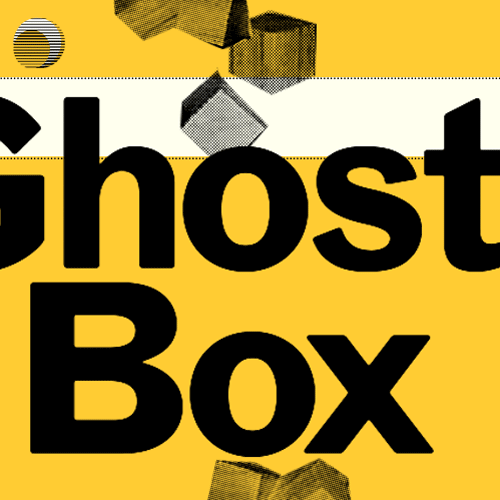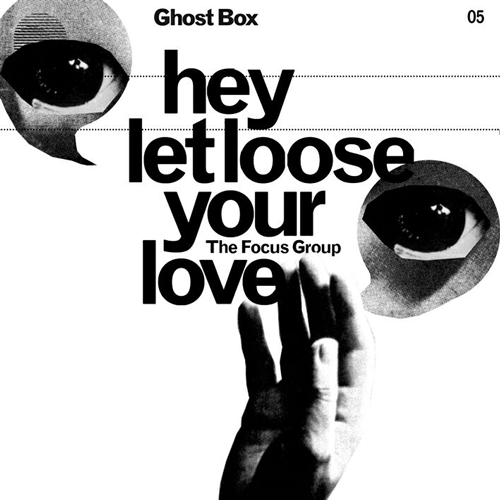September 21, 2005
Unhomesickness

Pleasingly, there's very little about Ghost Box that's dark, but plenty that's unsettling. Off-kilter bucolic, drenched in an over-exposed post-psychedelic sun, Ghost Box recordings are uneasy listening to the letter. If nostalgia famously means ‘homesickness’, then Ghost Box sound is about uhomesickness, about the uncanny spectres entering the domestic environment through the cathode ray tube. At one level, the Ghost Box is television itself; or a television that has disappeared, itself become a ghost, a conduit to the Other Side, now only remembered by those of us of a certain age.
The affect produced by Ghost Box's releases (sound AND images, the latter absolutely integral) are the direct inverse of irritating PoMo citation-blitz. The mark of the postmodern is the extirpation of the uncanny, the replacing of the unheimlich tingle of unknowingness with a cocksure knowingness and hyper-awareness. Ghost Box, by contrast, is a conspiracy of the half-forgotten , the poorly remembered and the confabulated. Listening to sample-based sonic genres like jungle and (the pre-banal) hip-hop you typically found yourself experiencing déjà vudu, in which a familiar sound, estranged by sampling, nagged just beyond recognizability. Ghost Box releases conjure a sense of artificial déjà vu, where you are duped into thinking that what you are hearing has its origin somewhere in the late 60s or early 70s. Not false, but simulated, memory. The spectres in Ghost Box's hauntology are the lost contexts which, we imagine, must have prompted the sounds we are hearing; lost programmes, uncomissioned series, pilots that were never followed-up.

Belbury Poly, The Focus Group, Eric Zann --- names from an alternative 70s that never ended, a digitally-reconstructed world in which analogue rules forever, a time-scrambled Moorcockian near-past: Moogpunk. All three explore a sonic continuum which stretches from the quirkily cheery to the insinuatingly sinister. If there are precursors in Pop, they are at the edge of the genre: Eno’s On Land, Ultramarine’s Every Man and Woman is a Star. The more obvious predecessors, though, lie in ‘functional music’, sounds designed to hover at the edge of perceptibility not to hog centre-stage: signature tunes, incidental music, music that is instantly recognizable but whose authors, more often (self-)styled as technicians rather than artists, remain anonymous. The Radiophonic Workshop (whose one ‘star’, Delia Derbyshire, became known only recently) would be the obvious template. For this is sound which offers itself as a series of part-objects, supplements, a collector's kit for a collection that can never be complete.
As Kodwo established in More Brilliant than the Sun, cover designs are integral to sonic fictions. Too often the art in Art Pop is forgotten: the 70s was the most visual of Pop decades (it's not accident that Ferry trained as an artist, for example). The Concept realises itself in the space between the sound and the cover art. Cover art transforms mere music into a context by ensuring that the sound doesn’t coincide with itself. Its presence is subtracted, it becomes a sign, a revenant; which is to say, a ghost. You don’t need to consult the website (though, naturally, you should) to recognise that Ghost Box is implicated in a web of pulp esoteria: Children of the Stones, New English Library paperbacks, Hammer films, Lovecraft, Lewis, The Tomorrow People, Blackwood, Timeslip ... It's good to see that I'm not the only one to be continually in search of Things that would spook me as they did...
